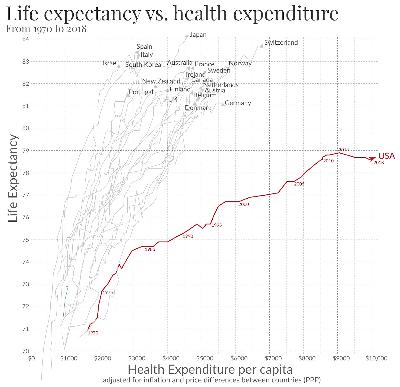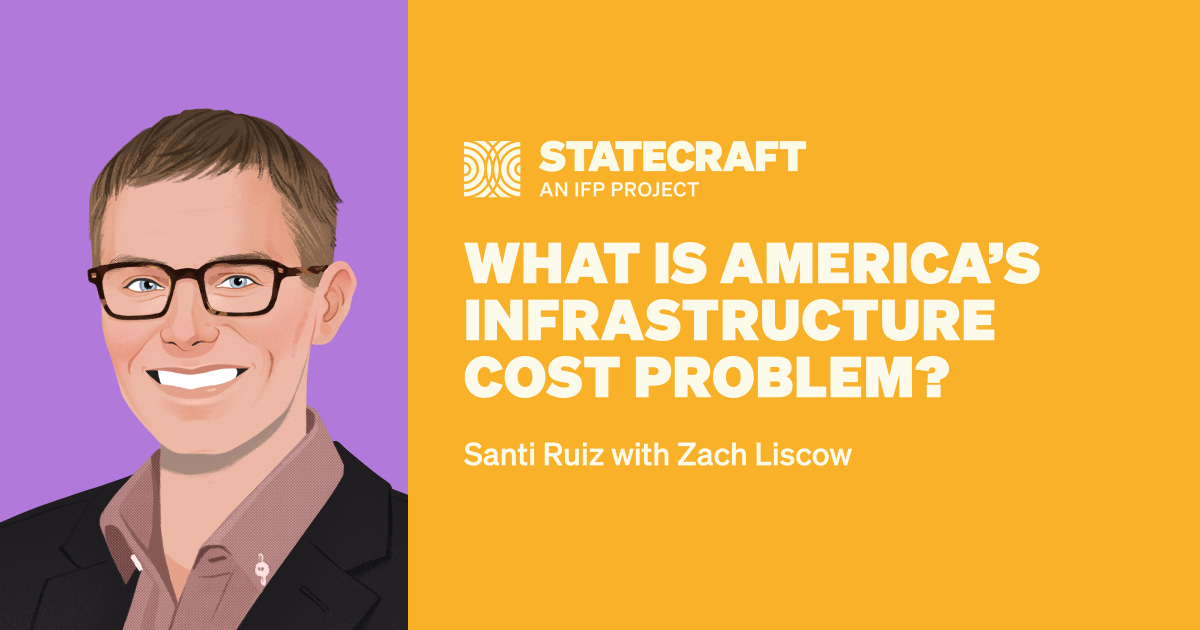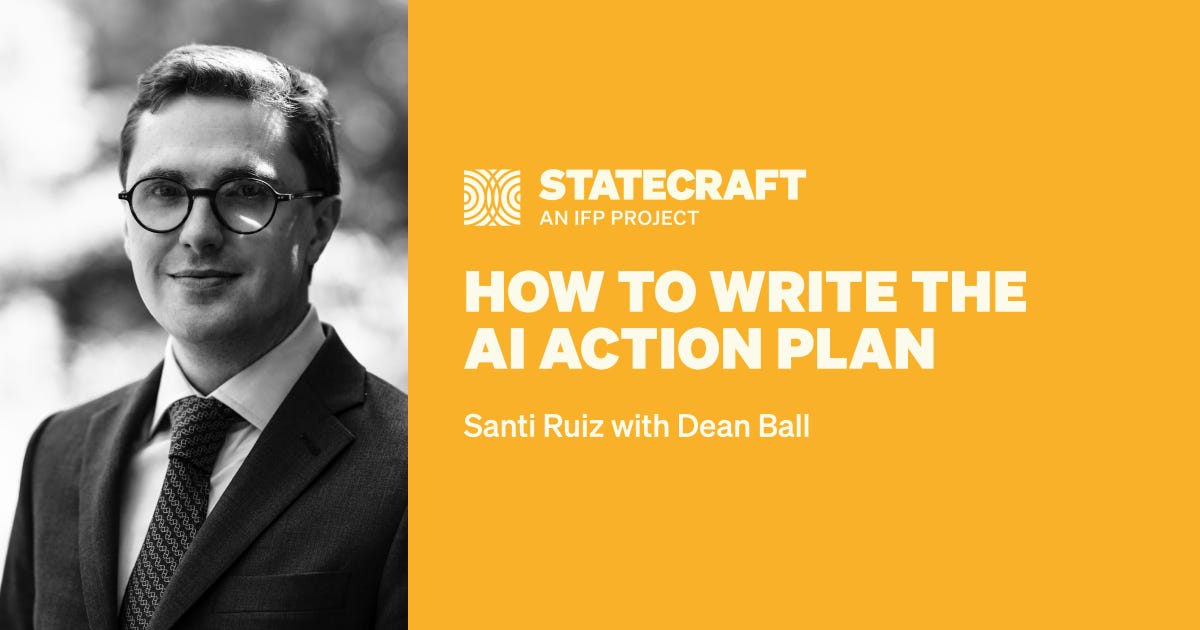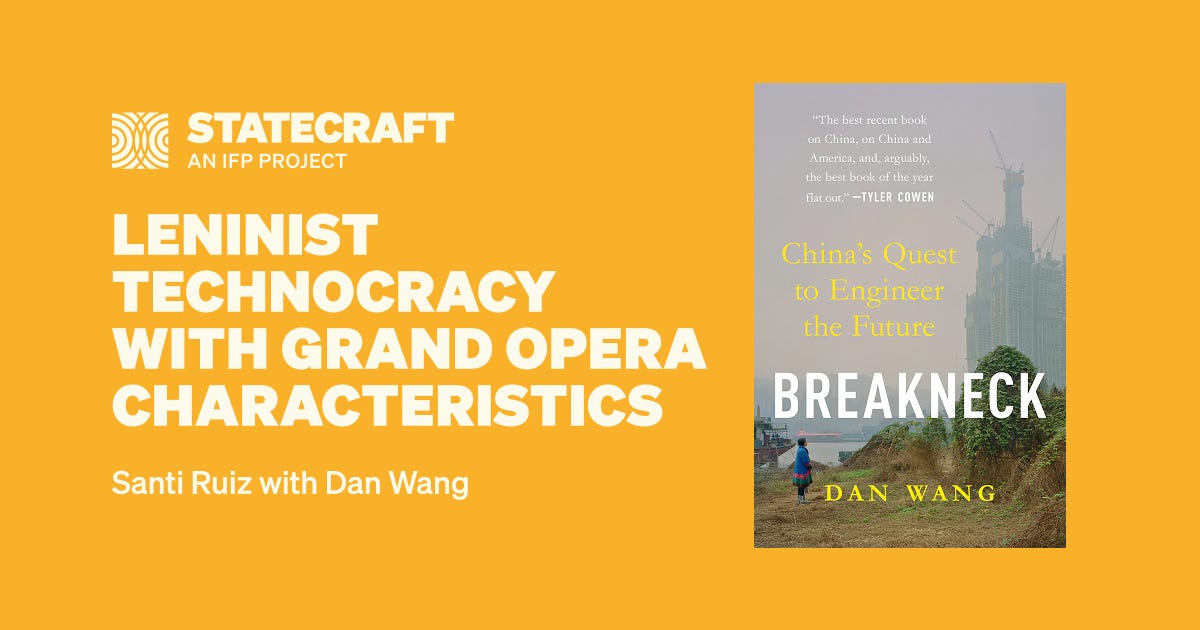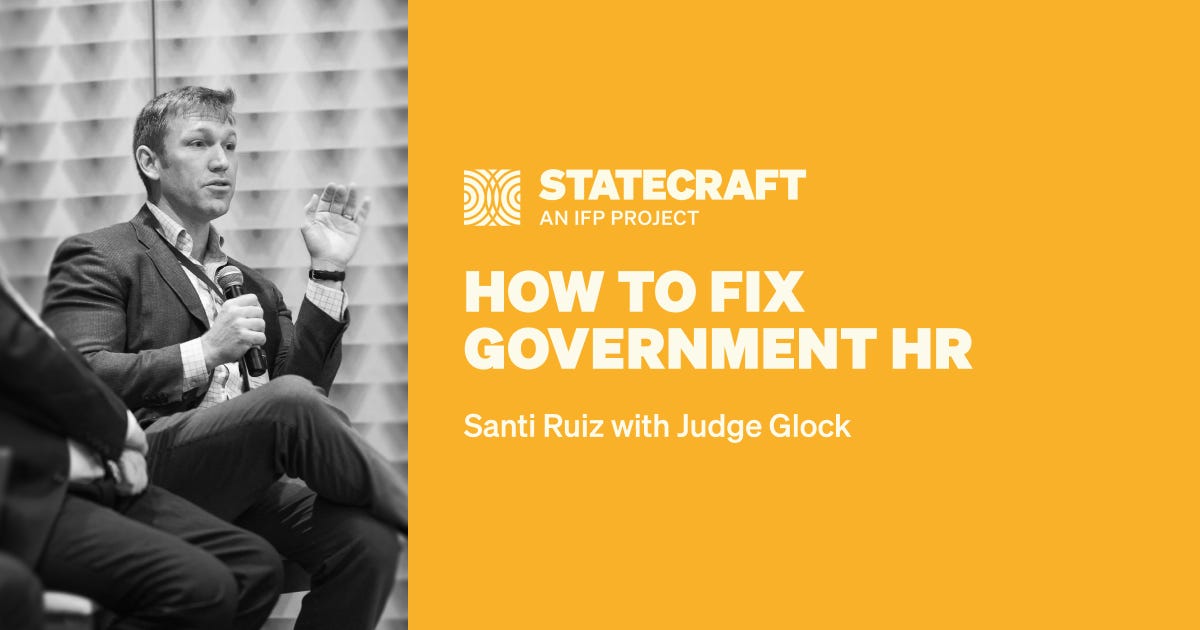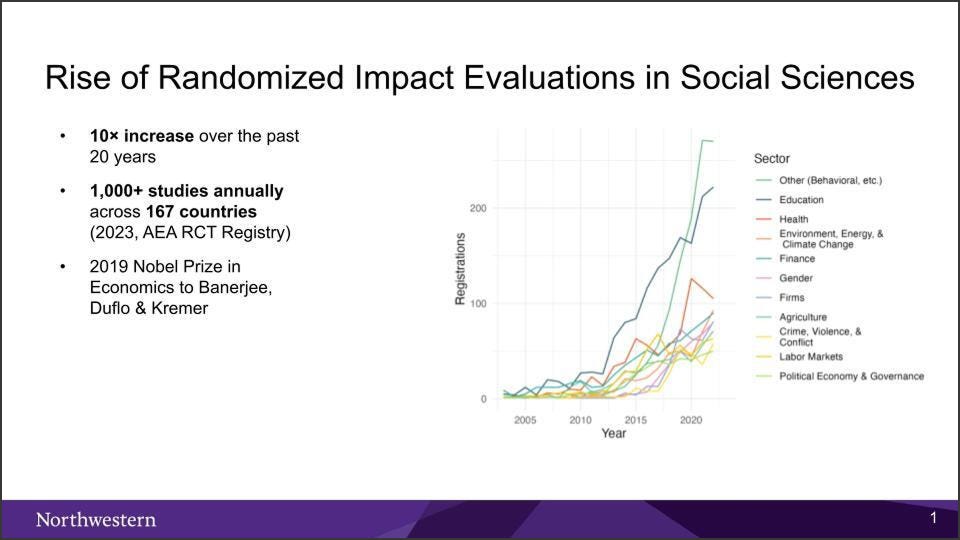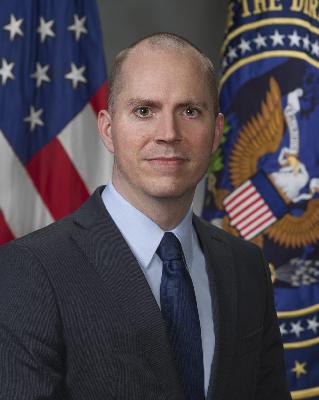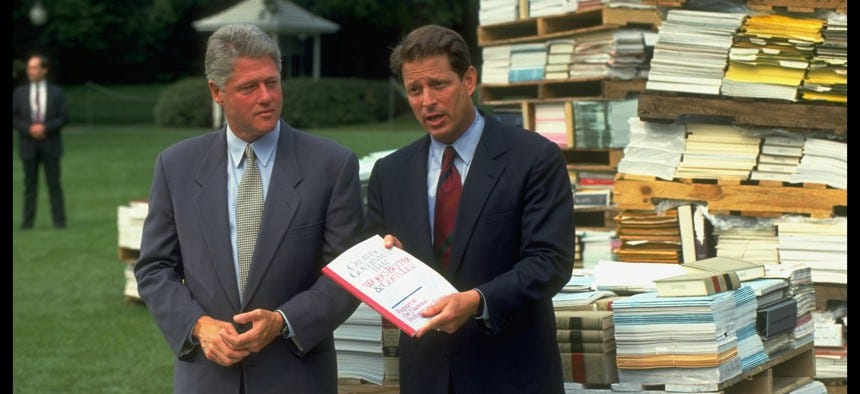How to Run the Treasury Department
Description
Santi: Hi, this is a special episode of Statecraft. I've got a wonderful guest host with me today.
Kyla Scanlon: Hey, I’m Kyla Scanlon! I'm the author of a book called In This Economy and an economic commentator.
Santi: Kyla has joined me today for a couple reasons. One, I'm a big fan of her newsletter: it's about economics, among many other things. She had a great piece recently on what we can learn from C.S. Lewis’s The Screwtape Letters, which is a favorite book of mine.
Kyla’s also on today because we're interviewing Wally Adeyemo, who was the Deputy Secretary of the Treasury in the Biden administration. We figured we each had questions we wanted answered.
Kyla: Yeah, I've had the opportunity to interview Wally a couple times during the Biden administration, and I wanted to see where he thinks things are at now. He played a key role in implementing the Inflation Reduction Act, financial sanctions on Russia, and a whole bunch of other things.
Santi: For my part, I'm stuck on Wally's role in setting up the IRS’s Direct File program, where you can file your taxes for free directly through the IRS instead of paying TurboTax a hundred bucks to do it.
“Good governance types” tend to love Direct File, but the current admin is thinking of killing it. I wanted to understand how the program got rolled out, how Wally would respond to criticisms of the program, and what he learned from building something in government, which now may disappear.
Kyla, you've talked to Wally before. How did that conversation go?
Kyla: I actually was able to go to his office in D.C., and I talked to a couple of key people in the Biden administration: Jared Bernstein, the former chair of the CEA, and Daniel Hornung, who was at the National Economic Council.
We're talking to Wally on the day that the House passed the one big beautiful bill. There's also so much happening financially, like the bond market is totally rebelling against the US government right now. I'm really curious how he thinks things are, as a key player in the last administration.
Santi: Wally, you've spent most of your career in Democratic Party institutions. You worked on the Kerry presidential campaign in 2004. You served in the Obama admin. You were the first chief of staff to the CFPB, the president of the Obama Foundation, and, most recently, Deputy Treasury Secretary in the Biden admin.
30,000ft question: How do you see the Democratic Party today?
My view is that we continue to be the party that cares deeply about working-class people, but we haven't done a good job of communicating that to people, especially when it comes to the things that matter most to them. From my standpoint, it's costs: things in America cost too much for a working-class family.
I want to make sure I define working class: I think about people who make under $100,000 a year, many of whom don't own homes on the coast or don’t own a significant amount of stocks (which means they haven't seen the asset appreciation that's led to a great deal of wealth creation over the last several decades). When you define it that way, 81% of Americans sit in that category of people. Despite the fact that they've seen their median incomes rise 5-10% over the last five years, they've seen the cost of the things they care about rise even faster.
We haven't had a clear-cut agenda focused on the standard of living, which I think is the thing that matters most to Americans today.
Santi: There are folks who would say the problem for Democrats wasn't that they couldn't communicate clearly, or that they didn't have a governing agenda, but that they couldn't execute their agenda the way they hoped to in the time available to them. Would you say there's truth to that claim?
Most people talk about a communications issue, but I don't think it's a communications issue. There are two issues. One is an implementation issue, and the second is an issue of the actual substance and policy at the Treasury Department. I was the deputy secretary, but I was also the Chief Operating Officer, which meant that I was in charge of execution. The two most significant domestic things I had to execute were the American Rescue Plan, where $1.9 trillion flowed through the Treasury Department, and the Inflation Reduction Act. The challenge with execution in the government is that we don't spend a lot on our systems, on making execution as easy as possible.
For example, the Advanced Child Tax Credit was intended to give people money to help with each of their children during the pandemic. What Congress called on us to do was to pay people on a monthly basis. In the IRS system, you pay your taxes mostly on an annual basis, which meant that most of our systems weren't set up to pay a monthly check to Americans. It took us a great deal of work to figure out a way to recreate a system just to do that.
We've underinvested in the systems that the IRS works on. The last time we made a significant investment in the IRS's digital infrastructure was the 1960s; before we had an ATM machine, before we sent a man to the moon, before we had a personal computer. So that meant that everything was coded in a language called COBOL.
So execution was quite hard in the American Rescue Plan. People were left out and felt that the government wasn’t working for them. If you called the IRS, only 13% of your calls were being answered. We got that back up to 85% before we left. Ultimately, I think part of this is an execution challenge. In government we want to spend money coming up with new policies, but we don't want to pay for execution, which then means that when you get the policy passed, implementation isn't great.
When Jen Pahlka was on your show, she talked about the need to focus on identifying the enablers to implementation. Direct File was one of the best examples of us taking implementation very seriously.
But also, on some policy issues that mattered most to Americans, we weren't advancing the types of strategies that would've helped lower the cost of housing and lowering the cost of medicine. We did some things there, but there's clearly more that we could have done, and more we need to do going forward to demonstrate that we're fighting to bring down those costs. It's everything from permitting reform — not just at the federal level, but what can we do to incentivize it at the state and local level — to thinking about what we can do on drug costs. Why does it cost so much more to get a medicine in America than in Canada? That is something that we can solve. We’ve just chosen not to at the federal level.
At the end of the year, we were going to take action to go after some of the middlemen in the pharmacy industry who were taking out rents and large amounts of money. It dropped out of the bill because of the negotiations between the Republican Congress and then President-elect Trump. But there are a lot of things that we can do both on implementation, which will mean that Americans feel the programs that we're passing in a more effective way, and policy solutions that we need to advance as a party that will help us as well.
Kyla: Some people think Americans tend to vote against their own self-interest. How can your party message to people that these sorts of policies are really important for them?
Ultimately, what I found is that most


